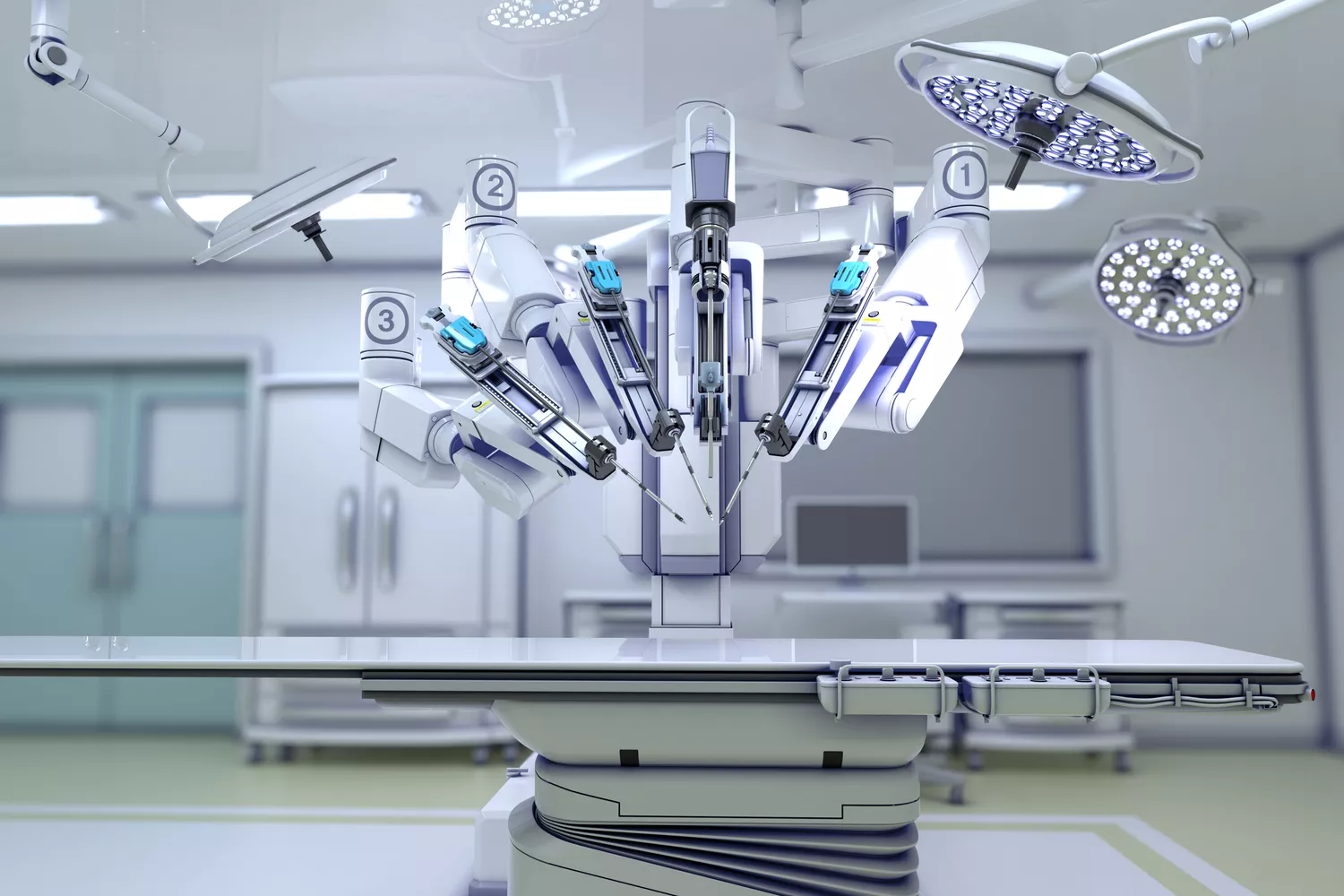
Orthopedic surgery keeps advancing. Technology plays a huge part. Precision is always the goal. Better patient outcomes are desired. Traditional methods are still strong. Yet, new tools emerge constantly. Robotics now assist surgeons. This changes how procedures happen. It promises new levels of accuracy. The future of surgery is here.
Robotic Assistance in Modern Orthopedic Procedures
Robotic assistance is transforming orthopedics. It’s used in modern procedures. Robots aren’t replacing surgeons. They are powerful new tools. They enhance human skill. This collaboration is very exciting. It brings many benefits to patients. Precision surgery is now common. Understanding this new frontier helps. It’s a blend of old and new.
The Rise of Surgical Robotics
Surgical robotics has grown rapidly. Their use is becoming widespread. Robots provide incredible accuracy. They offer consistent results. This technology supports surgeons. It helps them perform complex tasks. It’s a new era for medicine. Innovation drives better care. Patients benefit immensely from this. The future looks very bright.
How Robotic Systems Work
Robotic systems are complex tools. They use advanced imaging. Surgeons plan operations precisely. The robot then assists execution. It guides instruments accurately. It ensures correct bone cuts. It provides real-time feedback. Surgeons maintain full control always. The robot follows their commands. It’s a sophisticated partnership. This enhances surgical precision.
Benefits in Joint Replacement
Joint replacement benefits greatly. Knee replacements are very common. Hip replacements also see gains. Robots help align implants perfectly. This leads to better function. It can improve joint longevity. Patients often experience less pain. Recovery times may shorten. Precision fitting is key to success. This technology offers great hope. It boosts patient satisfaction.
Enhanced Precision and Accuracy
Robots bring unmatched precision. They execute plans exactly. Human hands can’t match this. Sub-millimeter accuracy is possible. This reduces human error greatly. It ensures optimal implant placement. Better outcomes are the result. This precision is revolutionary. Surgeons trust this new aid. It’s a game-changer for many.
Minimally Invasive Approaches
Robotics enable smaller incisions. This leads to less tissue damage. Patients experience less bleeding. Pain levels are often lower. Recovery can be quicker now. This supports minimally invasive surgery. Smaller scars are an added bonus. It’s better for patient comfort. These benefits are quite significant. They make surgery less daunting.
Reduced Complication Rates
Precision often means fewer problems. Reduced complication rates are seen. Less chance of implant malposition. Lower risk of nerve damage. Infections might also decrease. Overall patient safety improves. This is a major advantage. It builds confidence in surgery. Every reduction matters greatly. It benefits everyone involved.
Faster Recovery Times
Many patients recover quicker. Less trauma means faster healing. Shorter hospital stays are common. Patients return home sooner. They regain mobility faster. Physical therapy can begin promptly. This improves quality of life. Getting back to normal is key. Robotics assist this process. It helps achieve speedy recovery.
Applications Beyond Joints
Robotics assist beyond joints. Spine surgery uses them too. They aid in screw placement accuracy. Trauma cases also benefit. Tumor resections might use them. They navigate complex anatomies. Their role is steadily expanding. New applications are emerging. The technology evolves constantly. Its potential is truly vast. This is just the beginning.
Surgeon’s Role Remains Paramount
The surgeon’s role is critical. Robots are tools, not replacements. Surgeons plan every detail. They interpret all data. They make final decisions always. Their skill and judgment remain key. The robot executes their vision. It’s an extension of their hand. Human expertise is irreplaceable. The surgeon is still in charge.
Understanding the Learning Curve
Surgeons face a learning curve. Mastering robotic systems takes time. Extensive training is required. They must adapt their techniques. This ensures safe and effective use. Investing in this training pays off. It leads to better patient care. The learning is continuous for all. Evolution requires dedication. Commitment to new methods helps.
Cost and Accessibility Considerations
Robotic systems are expensive. This impacts healthcare costs. Not all facilities have them. Accessibility varies widely. Training costs are also significant. Insurance coverage differs too. These are important considerations. Balancing cost with benefits is key. Wider adoption is a future goal. Making it accessible for all.
The Future of Orthopedic Robotics
The future looks very promising. Robotics will become more common. Technology will keep advancing. Smaller, more versatile robots. New surgical applications will emerge. Data collection will improve outcomes. Personalized surgery will evolve. The patient experience will enhance. Robotics are here to stay. They will redefine orthopedics.
